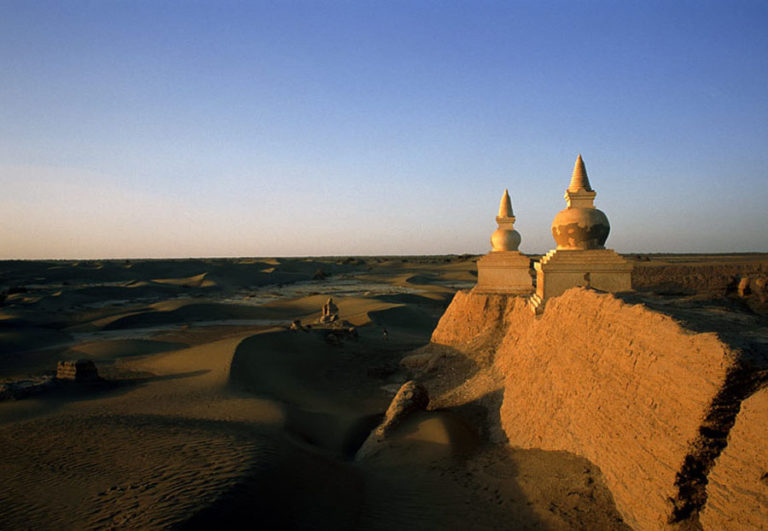Jeudi 24 mai
Conférence par Bruno Genito, Professeur à l’Université de Naples
“The theme chosen is related to an already abused, and perhaps not understood in its original sense, concept of “Seidenstraße” and, especially, in light of new possibilities of knowledge and cultural exchange, including international, only few years ago unthinkable. The reference points of the topic are related to the following conceptual aspects of the archaeological evidence:
- the cultural centrality, not uniquely chronological, of “Paths, Images and Material Culture” that were previously categorized within the concept of “Silk Road”;
- the plurality of routes and sea paths of the “Silk Road” that can only be updated with that now, more precisely, of “Silk Routes”;
- the concept of “Silk Road” never based on any clear historical concept, combining features of commercial, diplomatic and religious differences;
- the “precedents” and “contemporary” paths to the “Silk Road” (e.g. Jade Road, Lapis lazuli Road, Incense Road etc.) as determinants aspects of a much more broad and diverse ground, embracing the whole ancient trade, between Rome, the Near and Middle East, Central Asia and China from the early historical times until the late Middle Ages;
- the centrality and importance of territory settlements, parking stations, military garrisons and forts along the routes of trade;
- the Unitarian relationships between settlements, trade routes and geo-environmental conditions.
- the “Silk Road” as a phenomenon of political structure based on work at various levels and in various specialities, that virtually “invented” the modern economy, dominated by the market and not by the state power. For this reason, businesses are able to integrate with agility and dexterity in far more rigid state economies, such as Chinese, Indian and Western.

